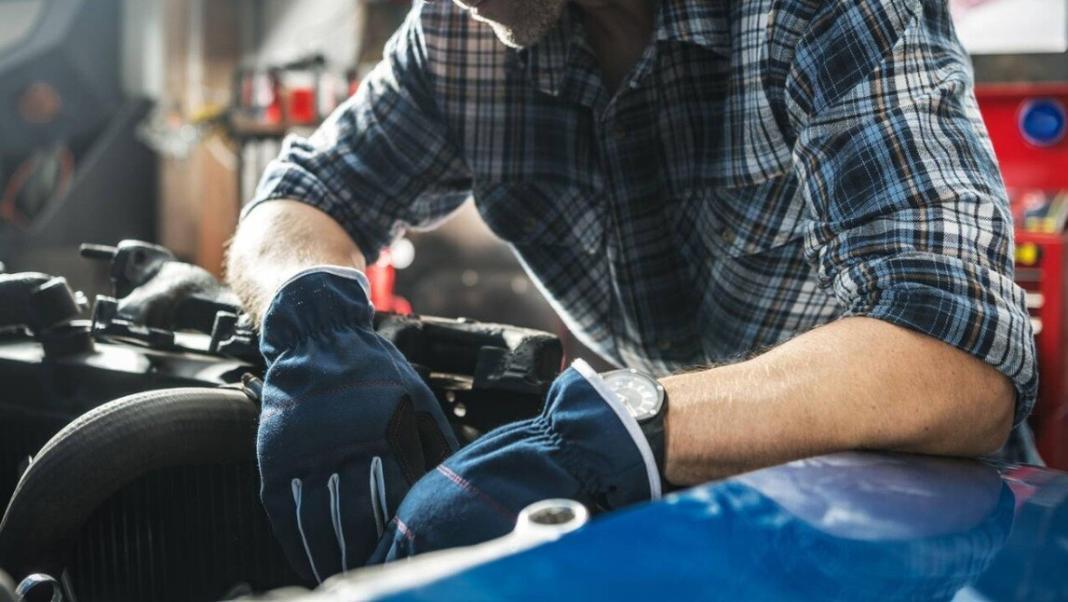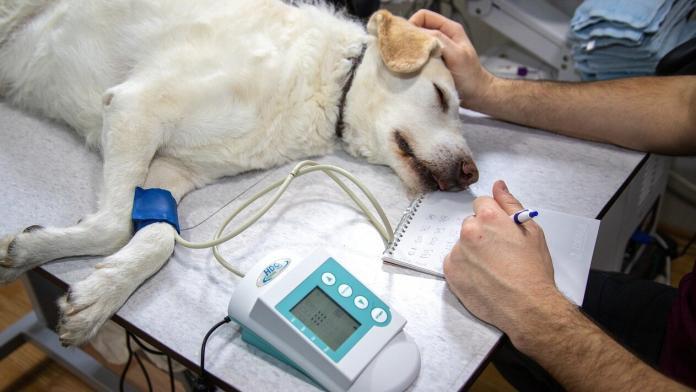Is your beloved vehicle behaving oddly of late, refusing to climb steep uphill anymore or maybe you’re having a hard time steering? Are you noticing unfamiliar noises or sudden changes in performance? Or are they just strange symptoms that are making you raise an eyebrow? We are often guilty of ignoring such signs until they get bad, really bad. Likely, you’re not sure whether the issues are severe enough to warrant a visit to the mechanic.
In any case, postponing the repair work can drastically affect your vehicle’s health. But how do you know whether it’s a simple DIY fix, or if it’s time to take your beloved vehicle to a professional mechanic? Understanding the subtle hints that a vehicle gives before completely breaking down can be utterly overwhelming. That’s what we are going to demystify in this article so that next time your car acts up, you would know whether it’s time to roll up your sleeves or rush to a mechanic.
We all know cars can’t verbalize their pain – but they do ‘tell’ us when things are amiss, displaying signs and symptoms that spell trouble. Being able to parse these warning signals can save you time, money, and perhaps from the inconvenience of experiencing a breakdown in the middle of nowhere!
Unusual Noises
Perhaps the most conspicuous amongst all, peculiar noises coming from your car shouldn’t be overlooked. From grinding noises during braking to squealing belts or hissing sounds; all could refer to various problems – brake system issues, worn-out belts, or a potential coolant leak.
The bottom line is, your car shouldn’t be generating unfamiliar sounds. If it does, it’s telling you that something is going wrong. Consider these noises as an SOS signal, an urgent call for attention. While you might manage to identify the source of the sound, only a professional can precisely diagnose and fix it.
Leaking Fluids
Cars leaking fluids is a frequent sight in parking lots. If you’ve been noticing stains under your car more often or seeing the fluid level dropping consistently, it’s time to visit the mechanic. Different fluids indicate different issues – oil leaks point towards engine problems while the greenish fluid indicates coolant leaks.
Fluid leaks not only affect the vehicle’s performance but can potentially lead to serious safety hazards. It’s better to leave the diagnosis and repair to a professional instead of trying to fix it yourself and potentially worsening the situation.
Warning Lights
There’s a reason those warning lights exist on your dashboard. They are your car’s way of communicating possible problems, ranging from low tire pressure to engine malfunctions. Many drivers are guilty of ignoring these warning lights until the car completely shuts down.
While you may be able to fix a low tire pressure issue yourself, complex issues associated with engine lights usually demand a mechanic’s expertise. Gratifying as it may seem to solve the problem yourself, it’s essential not to risk it unless you have sufficient knowledge.

Difficulty in Steering
Experiencing a loose feeling or stiffness while turning the wheel? This signals a power steering problem. Much like other signs, it needs immediate professional help.
Ignoring this could lead to a complete loss of steering. Considering the grave safety concerns associated with steering problems, it’s better to let the mechanic rectify this issue.
Car Stalling More Often
If your car is stalling frequently, especially at intersections, it’s a clear indication of a major issue. Stalling cars could be potentially dangerous and disruptive.
This could be related to a host of problems like fuel delivery issues or potential transmission problems.
Poor Fuel Economy
Suddenly having to fuel up more frequently? This could be due to numerous issues from clogged air filters to poor tire alignment. Sometimes, DIY methods don’t provide a permanent fix.
Conclusion
In essence, your car communicates. It’s the matter of developing the sense to understand what it’s trying to say. Regular maintenance and timely repairs can prevent minor issues from spiraling into major troubles. Ignoring the early signs and attempting DIY fixes could seem cost-effective initially but could escalate into costly repairs in the long run.
While some problems might be within your skill level to repair, others are best left to professionals. The rule of thumb is – when in doubt, always seek a professional’s help. Let’s not forget, we are talking about a machine that’s incredibly complex where numerous parts are working together. And when it comes to tackling such intricate systems, a one-size-fits-all approach does not apply!
Don’t wait for your car to break down completely before you approach a mechanic. Heed the signs, take timely actions, and let’s ensure our car stays in top condition for the longest possible time. Because as they say – prevention is indeed better than cure.
You may also like to read,










